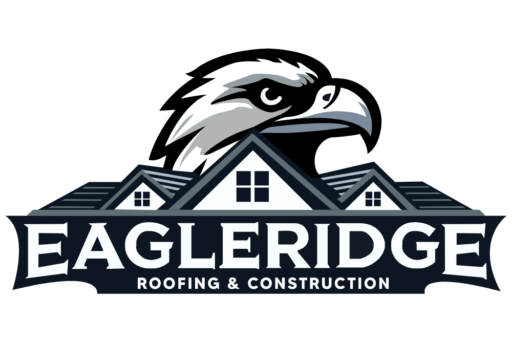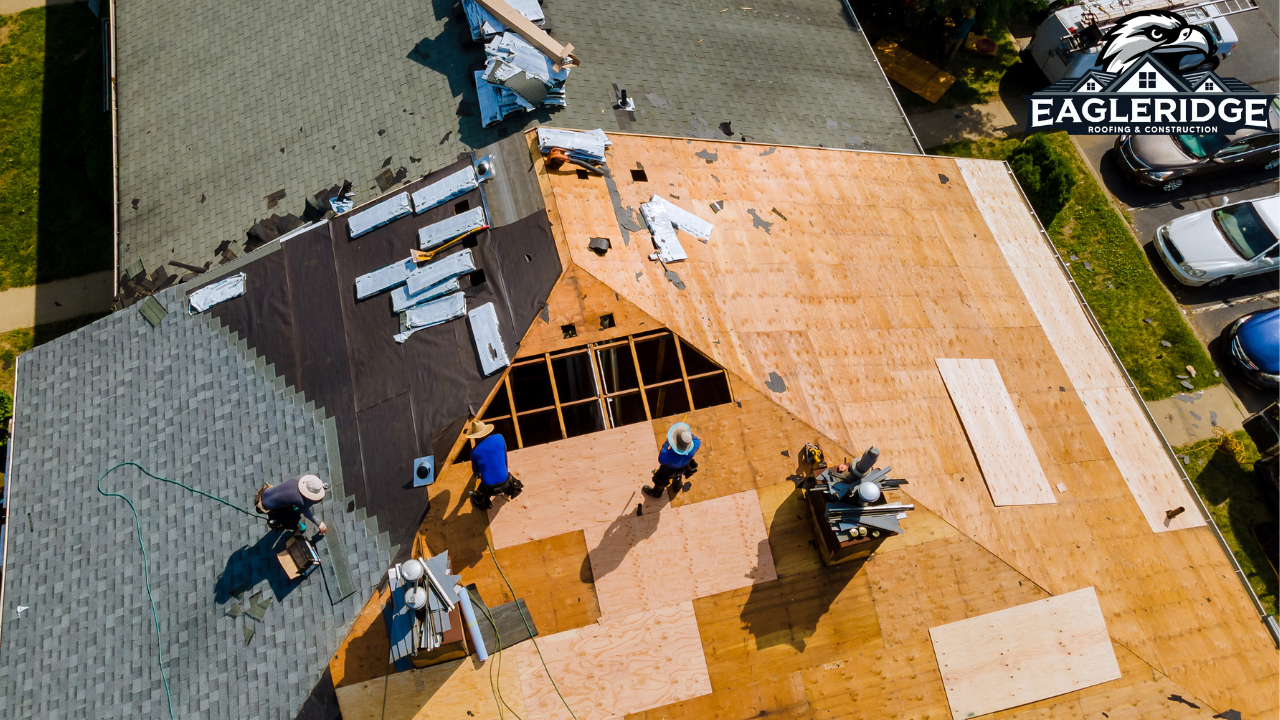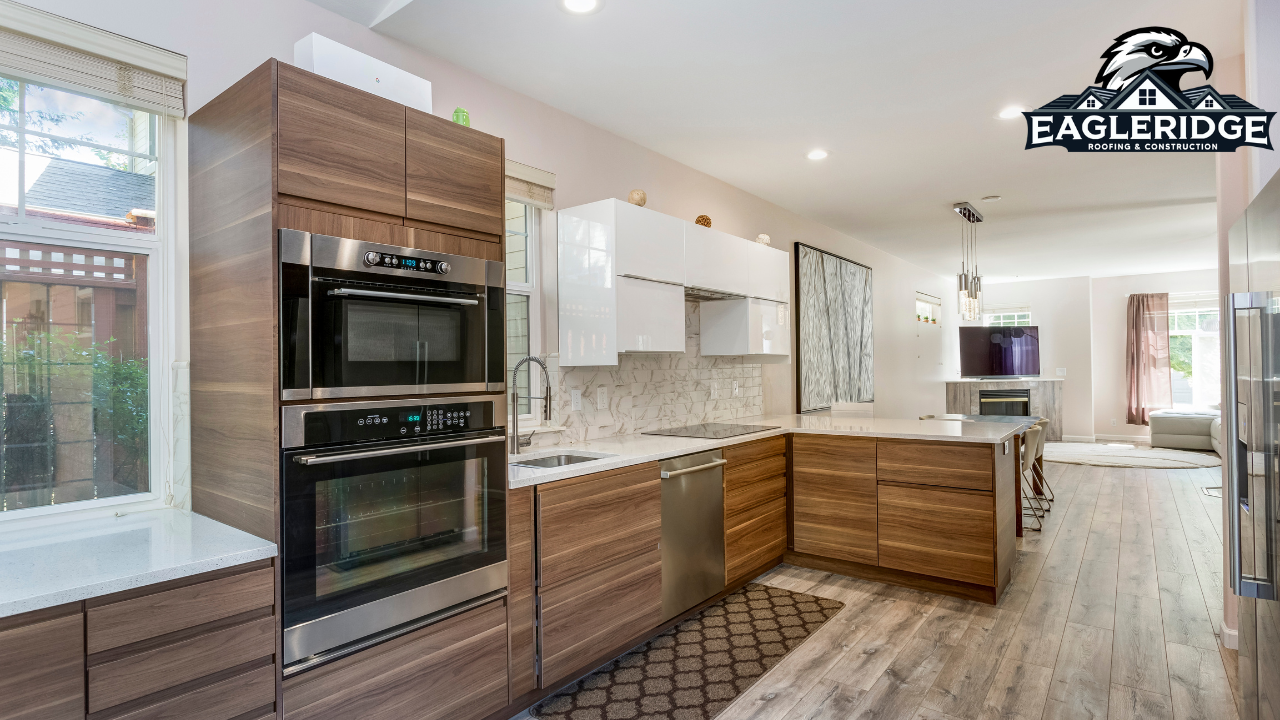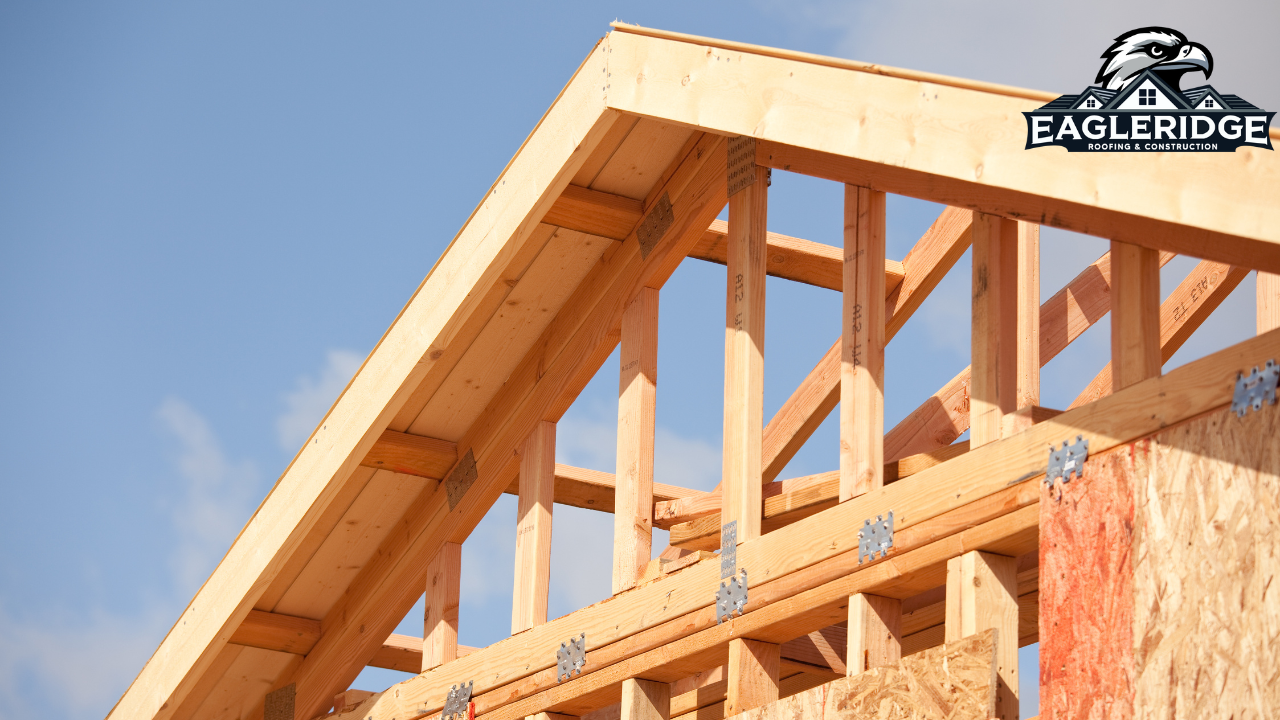Air quality in Utah affects roof durability due to a combination of urban pollution, desert dust, and wildfire smoke. Emissions from vehicles and industries release pollutants that deteriorate roofing materials, increasing maintenance costs. Desert dust, common in Utah's arid climate, accumulates on roofs, trapping moisture and promoting algae growth, which can weaken materials. Wildfire smoke introduces particulates and acidic compounds that corrode surfaces and lead to long-term damage. Residue from both dust and smoke also causes staining and wear. Addressing these challenges with suitable materials and maintenance strategies is essential for preserving roof integrity in such harsh environments. Discover more strategies and solutions ahead.
Urban Pollution Impact
Urban pollution, particularly in Utah's rapidly growing cities, has steadily taken a toll on both public health and infrastructure.
Emissions from vehicles and industry contribute considerably to air quality degradation. This pollution accelerates the deterioration of roofing materials, as harmful chemicals and particulates settle on surfaces.
Over time, these pollutants can cause structural damage, shortening the lifespan of roofs and increasing maintenance costs.
Desert Dust Challenges
Desert dust poses significant challenges to maintaining roof durability in Utah, particularly given the state's arid climate and frequent dust storms.
These dust particles can accumulate on roof surfaces, leading to abrasion and material degradation over time. Additionally, dust buildup can trap moisture, which may further weaken roofing materials and promote the growth of algae and mold.
Regular maintenance is essential to mitigate these effects and prolong roof lifespan.
Wildfire Smoke Effects
In addition to the challenges posed by desert dust, wildfire smoke presents another significant threat to roof durability in Utah.
This smoke contains numerous harmful elements that can degrade roofing materials:
- Particulates: Fine particles that settle and wear down surfaces.
- Chemicals: Harmful substances that can cause corrosion.
- Acidity: Acidic compounds that erode materials.
- Heat: Intense heat that can warp structures.
- Residue: Soot and ash that stain and damage.
Roof Protection Strategies
When considering roof protection strategies, it is crucial to address the specific environmental challenges faced in Utah, including exposure to desert dust and wildfire smoke.
Regular maintenance is essential, involving inspections and cleaning to remove debris.
Using durable materials like metal or treated asphalt shingles can enhance longevity.
Additionally, applying protective coatings can shield against pollutants, thereby extending the roof's lifespan in Utah's harsh conditions.
Our services
Air quality in Utah greatly impacts roof durability. Urban pollution contributes to material degradation, while desert dust can cause abrasive damage. Wildfire smoke introduces chemicals that may weaken roofing materials. Implementing effective roof protection strategies, such as selecting appropriate materials and performing regular maintenance, can mitigate these effects. Understanding the specific environmental challenges in Utah allows for informed decisions to enhance roof longevity. Adapting strategies to local conditions is essential for maintaining roof integrity over time.
For those seeking expert assistance, consider reaching out to EagleRidge Roofing Company Utah. With services ranging from expert roof repairs to new roof installations and free inspections, EagleRidge is the go-to team for all your roofing needs across Salt Lake City, Provo, Orem, and the entire Wasatch Front.
Don't let a leaky roof ruin your home! Our skilled Utah roofers use top-quality materials to keep your property safe and dry. From shingle roofs to metal roofing, we do it all. Contact EagleRidge today for a free roof inspection at (801) 784-1457 and ensure your roof stands strong against Utah's environmental challenges.



